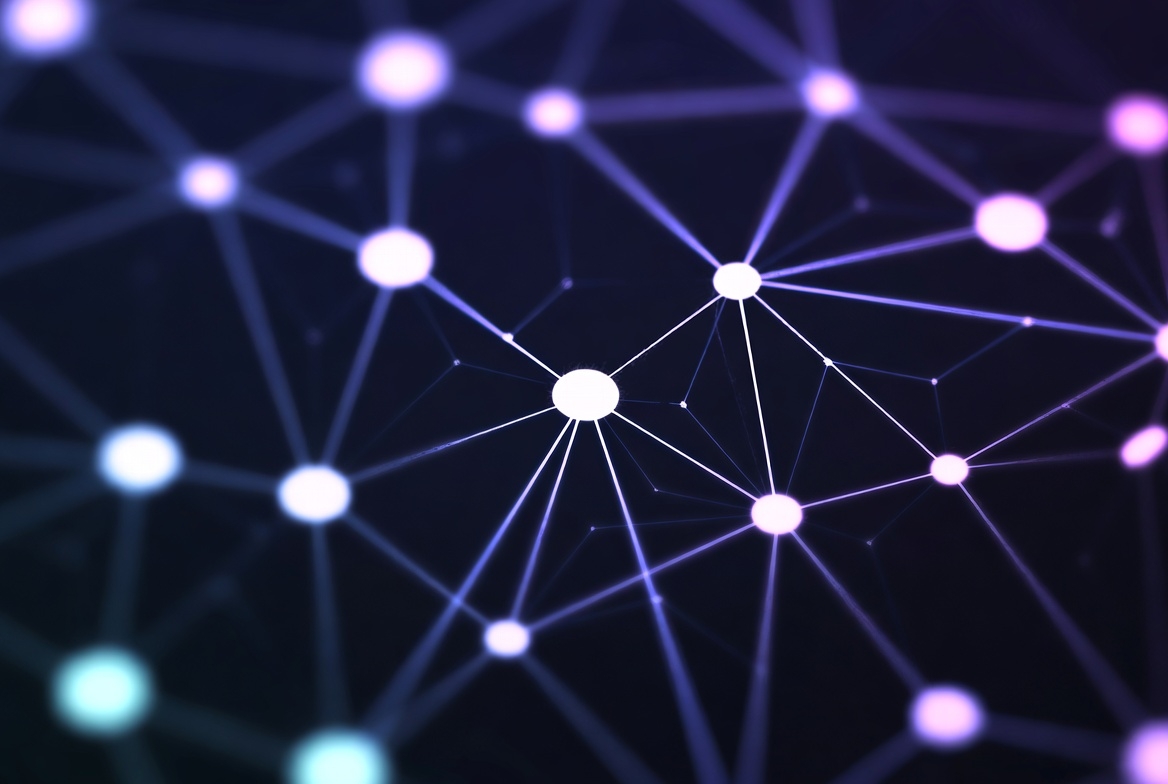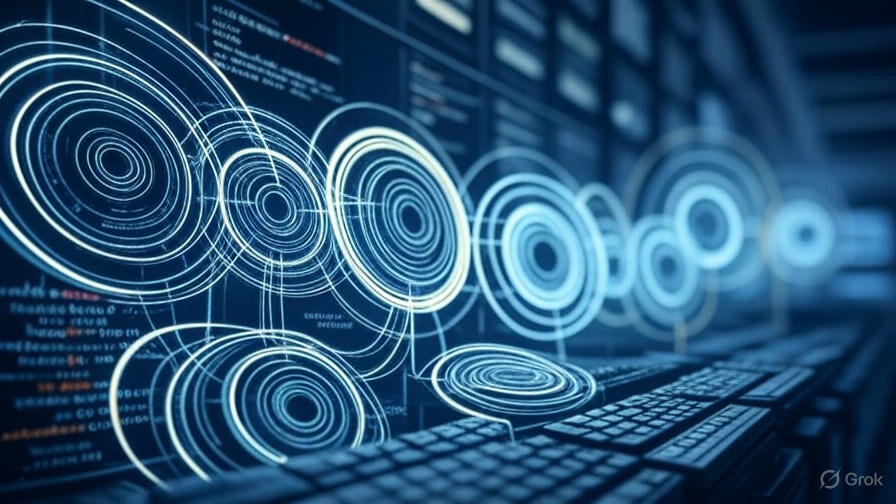Why GraphRAG is the Next Frontier in Generative AI (Part 1)
Understanding the need for GraphRAG and how it overcomes the limitations of traditional RAG systems.

GraphRAG — short for Graph Retrieval-Augmented Generation — is quickly emerging as the next evolution in how large language models (LLMs) interact with complex, interconnected knowledge. But to understand why GraphRAG is needed, we first need to understand where traditional RAG systems fall short.
The Problem with Vanilla RAG
Retrieval-Augmented Generation (RAG) is the backbone of many enterprise AI systems today. The idea is simple: combine an LLM with an external knowledge source to ground its responses in factual data. Usually, this is done by:
- Splitting documents into text chunks.
- Embedding each chunk into a vector space.
- Retrieving the most semantically similar chunks for a user query.
- Feeding those chunks into the LLM to generate an answer.
While this works well for many cases (like Q&A or summarization), it fails when the query requires reasoning over relationships or multi-hop inference.
Key Limitations of Traditional RAG
Limitation | Explanation |
|---|---|
Flat context | Vector retrieval treats text as isolated chunks without understanding relationships between entities. |
Weak multi-hop reasoning | RAG struggles with questions like “Who mentored the founder of the company that built X?” which require multiple relational hops. |
Loss of structure | Any domain-specific structure (hierarchies, dependencies, schemas) is flattened into unstructured text. |
Explainability | It’s hard to know why the model produced an answer or which paths it used to reason. |
These gaps highlight a critical missing layer — structure. That’s where knowledge graphs step in.
What GraphRAG Brings to the Table
GraphRAG enhances the RAG paradigm by introducing graph-based reasoning — representing entities and their relationships explicitly.
Imagine not just retrieving chunks of text, but also traversing relationships like:
(Company A) → acquired → (Company B) → founded by → (Alice)
A traditional RAG pipeline would see each fact as independent. A GraphRAG pipeline can connect the dots.
Benefits of GraphRAG
- Multi-hop reasoning: Retrieve and reason over paths connecting multiple entities.
- Hybrid retrieval: Combine vector similarity with graph traversal.
- Context clustering: Summarize communities of nodes (e.g., all regulations in a region) for efficient retrieval.
- Explainability: Trace which nodes and edges contributed to an answer.
- Schema awareness: Preserve domain hierarchies (e.g., roles, products, timelines).
GraphRAG enables systems that don’t just recall — they understand how pieces of information relate.
High-Level Architecture of a GraphRAG System
Let’s look at the architecture that powers a GraphRAG system. Think of it as a fusion of symbolic reasoning and neural retrieval.
Core Modules
- Data Ingestion & Graph Construction
- Extract entities and relations from unstructured documents using LLMs or NER pipelines.
- Build a knowledge graph (nodes = entities, edges = relationships).
- Optionally, enrich with metadata (timestamps, source, confidence scores).
- Indexing & Storage
- Store graph structure in a graph database (Neo4j, TigerGraph, ArangoDB, etc.).
- Generate embeddings for nodes, edges, or clusters for vector search.
- Hybrid index = graph store + vector DB.
- Query Understanding & Graph Retrieval
- Parse query → identify entities and relationships.
- Use graph traversal (e.g., Cypher queries) + embedding similarity.
- Retrieve a subgraph relevant to the query.
- Subgraph Summarization & Context Assembly
- Convert retrieved subgraph into natural language form (triples or summaries).
- Cluster large graphs into communities with LLM-generated summaries.
- Assemble a context window optimized for the LLM.
- LLM Generation & Reasoning
- Pass the query and subgraph context into an LLM.
- Generate reasoning steps, cite relevant nodes/edges, and output structured responses.
- Feedback & Continuous Graph Evolution
- User feedback updates confidence scores or adds missing links.
- Periodic re-embedding and summarization keeps the graph current.
Example: Multi-hop Query with GraphRAG
Let’s simplify this with a more intuitive example and explore why GraphRAG is needed.
“Who taught the student that later founded SpaceTech?”
How Vanilla RAG Would Approach It
In a traditional RAG setup:
- The system embeds every paragraph or sentence as a standalone vector.
- When you query “Who taught the student that later founded SpaceTech?”, it looks for chunks that contain ‘taught’, ‘SpaceTech’, or ‘founded’.
- It might retrieve two separate documents:
- “Dr. Alan Smith was a professor at MIT who taught many students.”
- “Elena Garcia founded SpaceTech in 2018.”
- Since these facts are stored in different documents, RAG doesn’t know that Elena Garcia was one of Dr. Smith’s students.
- The model can’t connect these separate pieces unless both appear in the same chunk — which is rare.
Result: The answer remains incomplete or incorrect because the model cannot link the entities together.
How GraphRAG Solves It
GraphRAG explicitly represents relationships between entities as graph edges.
- Entities detected: Teacher (Dr. Alan Smith), Student (Elena Garcia), Company (SpaceTech).
- Graph relationships:
(Dr. Alan Smith) → taught → (Elena Garcia) → founded → (SpaceTech) - Retriever: Traverses the graph, discovering that the same student connects both relationships.
- LLM prompt: “Using the relationships below, determine who taught the founder of SpaceTech.”
- Result:
- Output: “The teacher who taught the founder of SpaceTech is Dr. Alan Smith.”
- Cited path: Teacher → taught → Student → founded → SpaceTech.
Takeaway
GraphRAG succeeds here because it doesn’t rely on surface-level similarity — it follows the relationships across multiple entities. This is a form of multi-hop reasoning, where understanding requires moving through a path in a knowledge graph rather than finding co-occurring keywords in text.
In short: Vanilla RAG retrieves facts; GraphRAG connects them.
Design Trade-offs in GraphRAG
Concern | Description |
|---|---|
Graph construction cost | Building high-quality knowledge graphs requires entity linking, validation, and upkeep. |
Retrieval latency | Graph traversal can be slower than vector search; caching and summarization are key. |
Context size | Large subgraphs may exceed LLM context limits — summarization layers help. |
Maintenance overhead | Updating edges and embeddings in sync requires automation. |
Evaluation | Beyond accuracy, GraphRAG must measure reasoning trace correctness and relational precision. |
Coming Up Next
In Part 2, we’ll dive deep into:
- Concrete GraphRAG architecture diagrams
- Retrieval patterns (community-based, path-based, hybrid)
- Example end-to-end pipeline
- Tools & frameworks
- Evaluation and real-world benchmarks
Stay tuned — in the next part, we’ll go from concept to practical design and implementation insights for GraphRAG systems.


